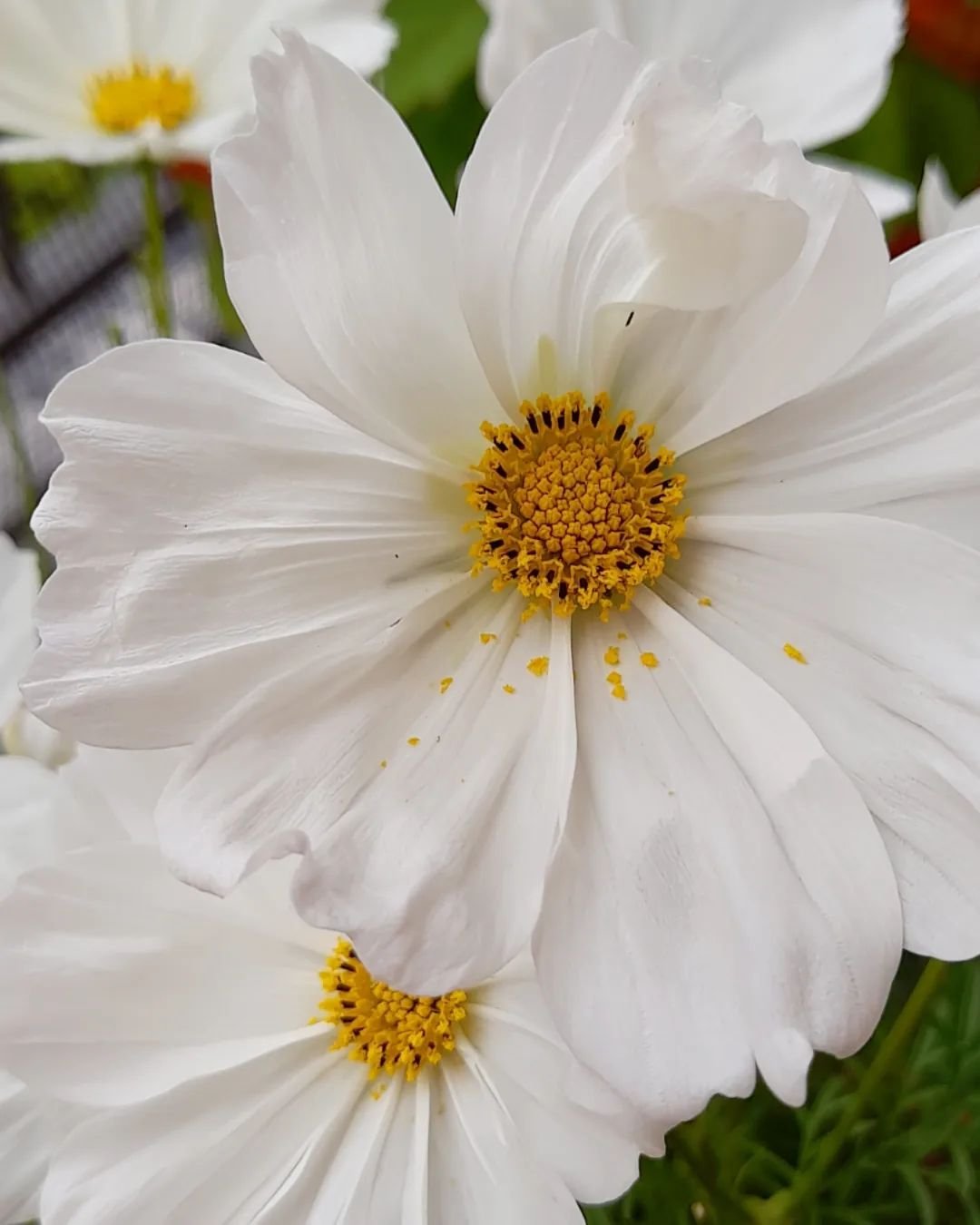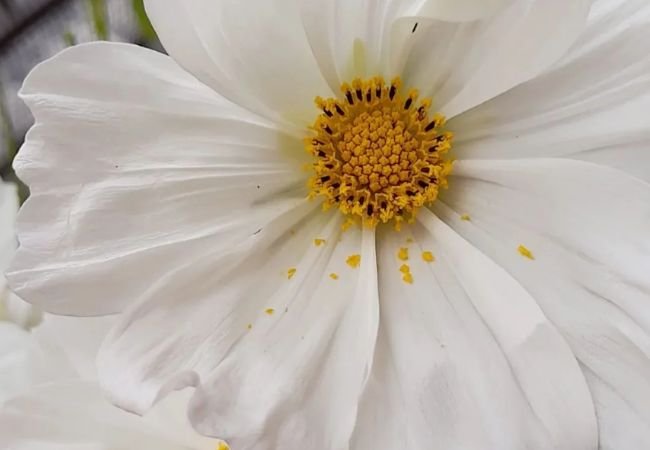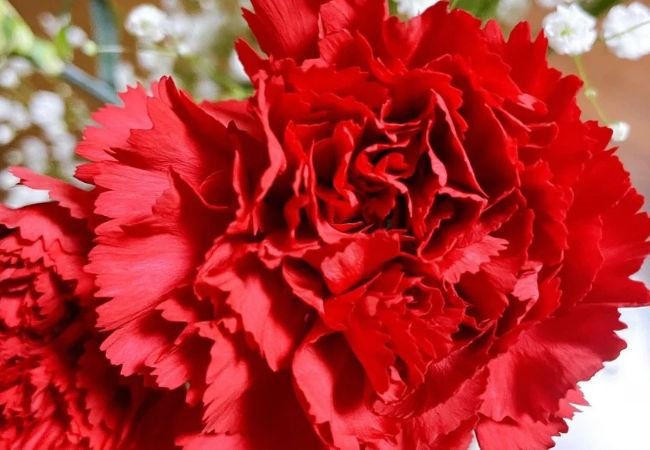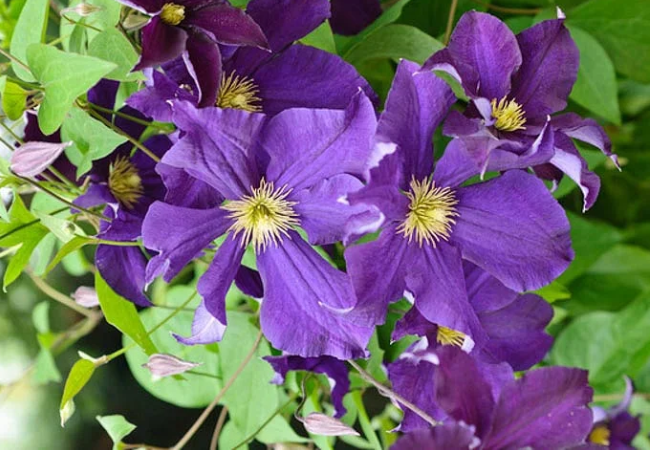Learn all about cosmos flowers—how to plant, care for, and use them. Perfect for beginners and pros alike!
Cosmos flowers are a vibrant and easy-to-grow addition to any garden, offering a burst of color and attracting pollinators like bees and butterflies.
Hi there! I’m Ashley Scott, and I’ve been gardening for over 10 years. During that time, I’ve grown tons of flowers, but cosmos flowers hold a special place in my heart. With their daisy-like blooms and feathery leaves, they’re not only gorgeous but also super easy to grow. Whether you’re a newbie gardener or a pro, this guide will answer all your questions about cosmos flowers—from how to plant them to whether you can eat them. Plus, I’ll share some personal stories to keep things fun and relatable.
This article has everything you need to know about cosmos flowers, optimized for folks in the USA who want clear, simple answers. Let’s get started!
What Are Cosmos Flowers?

Cosmos flowers are annual plants famous for their bright, daisy-like blooms and wispy foliage. They’re native to Mexico and part of the Asteraceae family, which includes sunflowers and daisies. The word “cosmos” comes from Greek, meaning “order” or “harmony,” and you can see why—their petals are perfectly arranged.
These flowers bloom from summer to fall, thrive in poor soil, and attract pollinators like bees, butterflies, and birds. They’re a go-to for anyone wanting a low-effort, high-impact garden.
Cosmos Flower Meaning
Cosmos flowers stand for harmony, peace, and love. Their delicate look also ties them to modesty and femininity. If you’re into cosmos flower tattoos, they’re a popular choice to symbolize beauty and balance.
Types of Cosmos Flowers
There are over 25 cosmos species, but here are the ones you’ll likely grow:
1. Cosmos bipinnatus
- Common Name: Garden cosmos or Mexican aster
- Colors: Pink, white, red, maroon
- Height: 2-6 feet
- Features: Big flowers and fern-like leaves.
2. Cosmos sulphureus
- Common Name: Yellow cosmos
- Colors: Yellow, orange, red
- Height: 1-7 feet
- Features: Smaller blooms, loves heat.
3. Chocolate Cosmos (Cosmos atrosanguineus)
- Colors: Deep maroon or brown
- Height: 1-2 feet
- Features: Smells like chocolate and can be perennial in warm zones.
Each type brings something unique to the table, but they’re all easy to grow.
How to Grow Cosmos Flowers
I first planted cosmos flower seeds years ago, and I was hooked by how simple it was. Here’s how you can do it too.
When to Plant
- Outdoors: After the last frost in spring.
- Indoors: Start seeds 4-6 weeks before the last frost.
I prefer sowing directly outside once the soil warms up—they sprout in about a week.
Planting Cosmos Flower Seeds
- Pick a Spot: Full sun (6+ hours) is a must.
- Soil Prep: They like well-draining, even poor soil—no need to over-fertilize.
- Sow Seeds: Plant 1/4 inch deep, 12-18 inches apart.
- Water: Keep soil moist until they sprout.
Thin seedlings once they’re a few inches tall to avoid crowding.
Cosmos Flower Height
Depending on the type, cosmos flower height ranges from 1 to 6 feet. Taller ones might need staking—I learned this after a windy day flattened mine!
Caring for Cosmos Flowers
Cosmos are low-maintenance, but a little TLC keeps them blooming.
Watering
- Water deeply once a week if it’s dry.
- They’re drought-tolerant, so don’t overdo it—too much water cuts blooms.
Fertilizing
- Skip heavy fertilizer; it makes more leaves, fewer flowers.
- A light dose once a month is plenty if your soil’s really rough.
Deadheading
- Snip off faded blooms to keep them flowering.
- Leave some at season’s end if you want them to self-seed.
Deadheading is my favorite garden chore—it’s relaxing and keeps everything tidy.
Uses of Cosmos Flowers
Cosmos aren’t just pretty—they’re useful too!
Cosmos as Cut Flowers
Their long stems make cosmos perfect for vases. Cut them in the morning when they’ve just opened, and they’ll last up to a week.
Are Cosmos Flowers Edible?
Yes! Petals from Cosmos sulphureus and Cosmos bipinnatus are edible, with a mild, tangy taste. Add them to salads or use as a garnish—just ensure they’re pesticide-free.
Cosmos Flower Tattoos and Art
Love cosmos flower drawings or tattoos? They symbolize harmony and beauty, making them a hit for creative projects.
Fun Facts About Cosmos Flowers
Here’s some cool trivia:
- October Birth Flower: Cosmos share this title with marigolds.
- Self-Seeding: They’ll come back next year if you let seeds drop.
- Pollinator Magnet: Bees and butterflies adore them.
- Chocolate Cosmos Flowers: These smell like chocolate—how fun is that?
Common Questions About Cosmos Flowers
What Do Cosmos Flowers Look Like?
They’re daisy-like with a yellow center and petals in colors like pink, white, or red. Their feathery leaves give them an airy vibe.
What Color Are Cosmos Flowers?
You’ll find white cosmos flowers, pink, red, orange, yellow, maroon, and even rare blue cosmos flowers.
Can You Eat Cosmos Flowers?
Yes, some are edible—perfect for a colorful salad topper.
How Tall Do Cosmos Flowers Grow?
From 1 to 6 feet, depending on the variety.
Cosmos Flowers vs. Similar Flowers
Cosmos vs. Marigolds
- Cosmos: Delicate, airy, great for pollinators.
- Marigolds: Bolder scent, pest-repellent.
Both are cosmos flower October buddies as birth flowers.
Cosmos vs. Zinnias
- Cosmos: Open, daisy-like blooms.
- Zinnias: Thicker, layered petals.
Growing Cosmos in Containers
No garden? No problem! Use dwarf varieties like ‘Sonata’ in pots with good drainage. I’ve grown them on my patio, and they still draw butterflies.
Where to Buy Cosmos Flower Seeds
Grab cosmos flower seeds from:
- Burpee – Quality seeds galore.
- Johnny’s Selected Seeds – Tons of options.
- Cornell Extension – Gardening tips and seed info.
- Missouri Botanical Garden – Plant care resources.
- Seed Savers Exchange – Heirloom seeds.
Check out Best Flower Seeds for Your Garden on my site for more ideas!
Conclusion
Cosmos flowers are a gardener’s dream—beautiful, easy, and eco-friendly. Whether you’re planting for looks, pollinators, or even a cosmos flower tattoo idea, they won’t disappoint. Grab some seeds and give them a try!
Want more? Visit Pollinator-Friendly Flowers or Easy Annuals for Beginners on my site, USA Garden Hub.
Happy planting!







3 Comments on “Cosmos Flowers: A Gardener’s Guide to Growing and Enjoying These Vibrant Blooms”